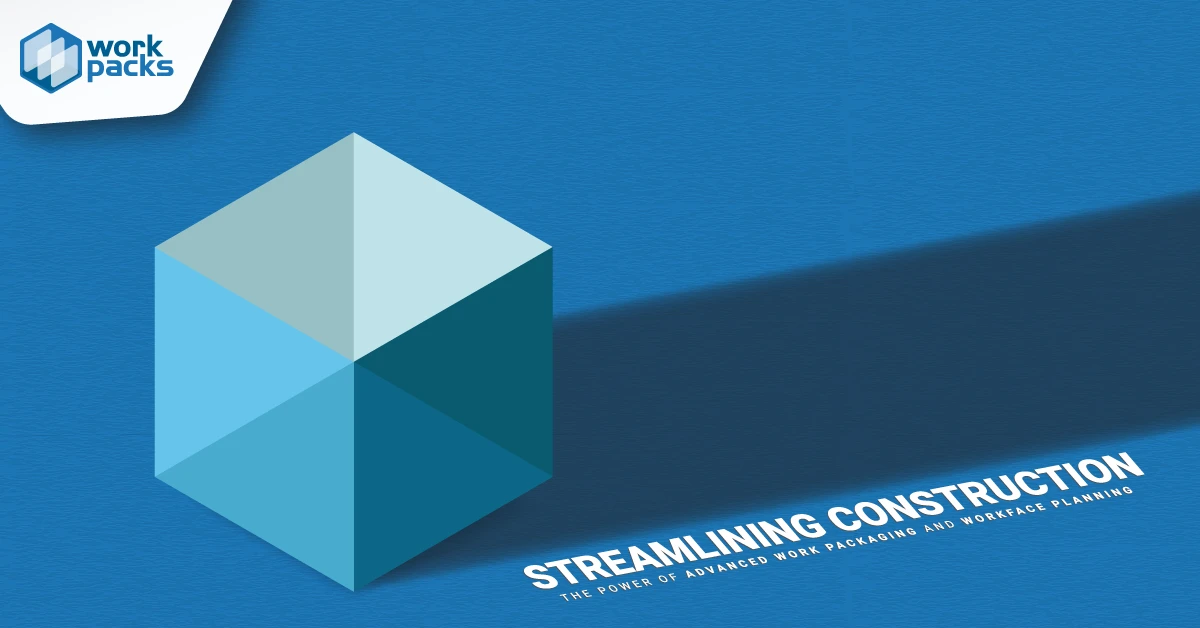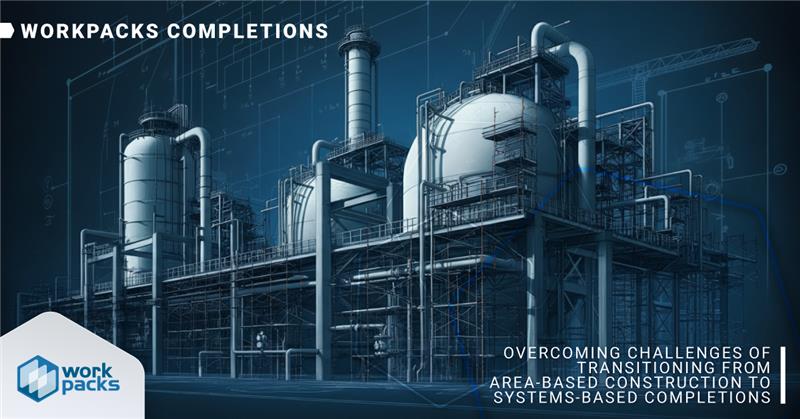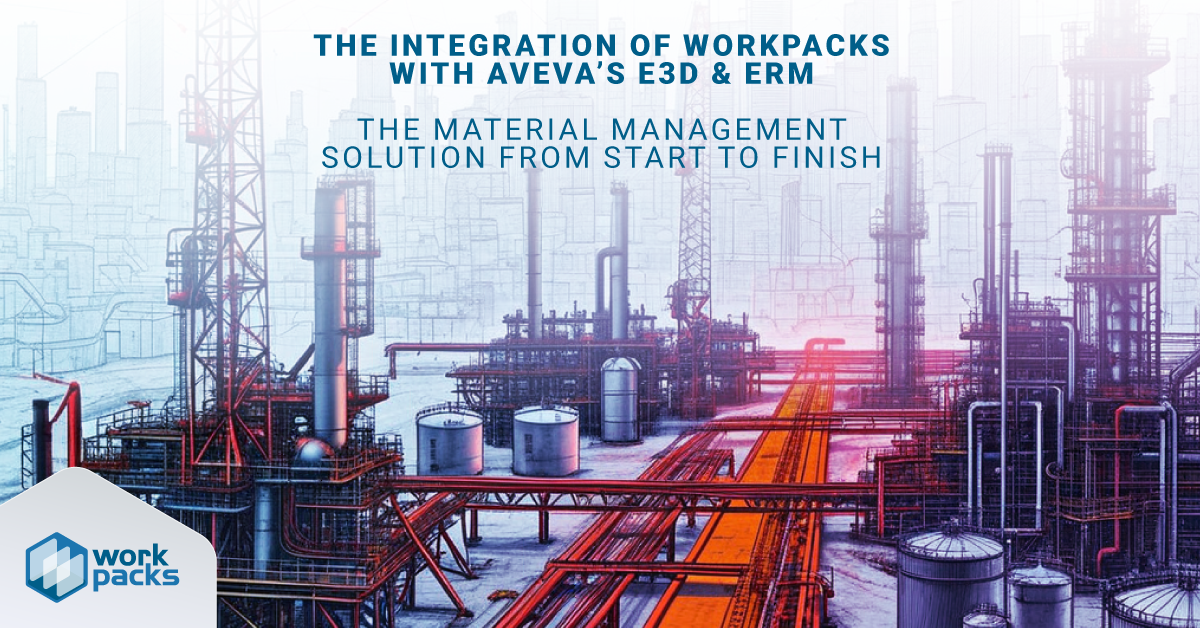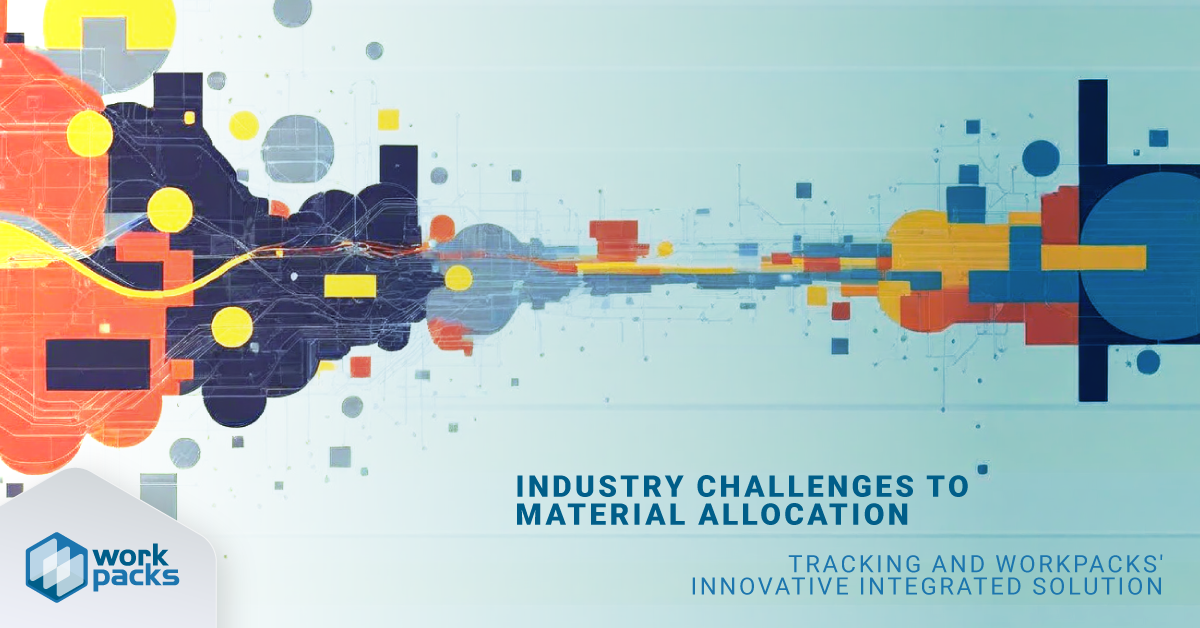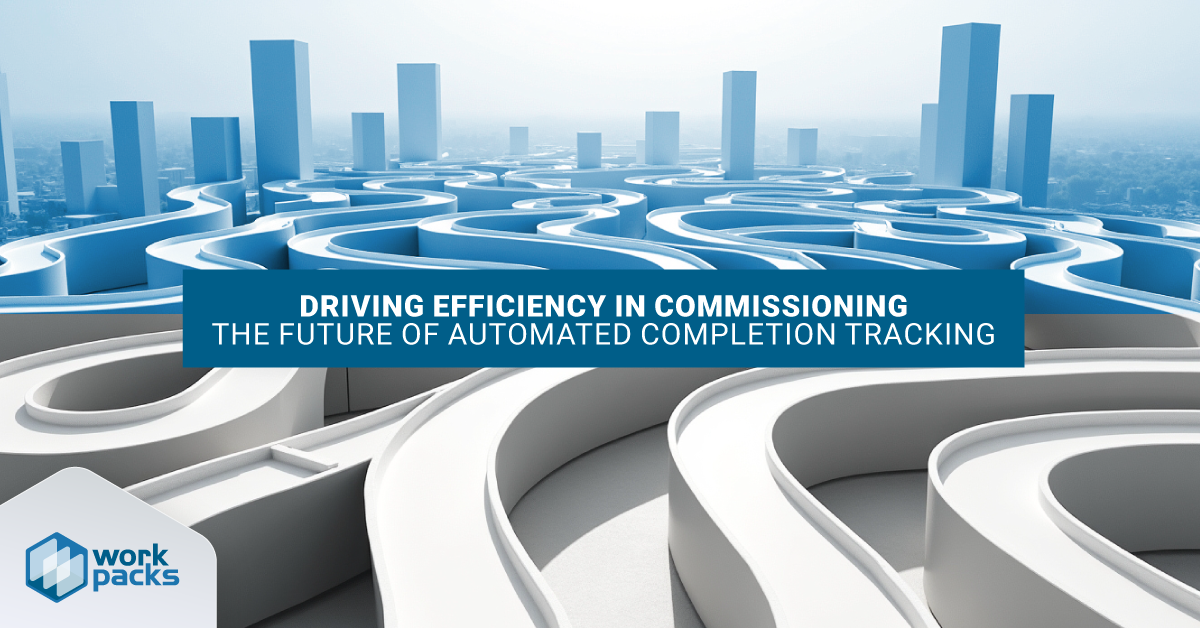In the intricate world of construction, where numerous moving parts need to align seamlessly, coordination and data integration is paramount. Every project manager dreams of a streamlined process where engineering, procurement, and construction flow together harmoniously. While there are always obstacles to be addressed, Advanced Work Packaging (AWP) and an integral component, Workface Planning (WFP), are two powerful strategies that continue to revolutionize the industry by enhancing coordination and optimizing workflow, and while these two strategies are sometimes spoken of separately, they are more akin to the relationship between squares and rectangles. Not all rectangles are squares, but all squares are rectangles – and in this case – Workface Planning is the more constrained subset of squares.
At its core, AWP is a comprehensive approach that involves breaking down a project into manageable work packages. These packages are meticulously planned, developed, and sequenced to ensure that each phase progresses smoothly, minimizing delays and maximizing productivity. No one wants to grab a bowl of cereal only to find out they don’t have any milk, realize the cooking instructions failed to mention straining the noodles, or to realize they forgot to add salt to the bread dough before baking it. By adopting AWP, project teams gain the ability to anticipate challenges and proactively address them, resulting in more predictable outcomes and reduced costs.
However, implementing AWP has many aspects needed to achieve optimal results, and Workface Planning is at the core of implementing other effective AWP Processes. The WFP Process focuses on where the actual work takes place, and involves detailed planning at the “workface,” the point where resources meet tasks, ensuring that everything is in place for efficient execution. While the end goal is a smooth execution phase, the earlier packages can be scoped and sequenced, the more accurate they become. Think of it as the conductor guiding a symphony of trades and disciplines, ensuring that each player has the instruments needed, knows their part, and when to perform.
One of the greatest challenges in construction is coordinating interdisciplinary work. Different teams, each with their own expertise and timelines, must come together seamlessly to deliver a cohesive project. By breaking down barriers between disciplines and fostering clear communication, WFP ensures that everyone is on the same page, working towards a common goal. It transforms chaos into harmony, turning what could be a disjointed mess into a well-oiled machine.
Moreover, the similarities between coordinating Engineering and Procurement with the Path of Construction are striking. Just as Workface Planning breaks down the project into manageable installation work packages, AWP coordinates Construction Work Packages with the needed Engineering and Procurement deliverables for the scheduled Path of Construction precisely when they’re needed. Workface Planning serves as the culmination of coordination between these critical earlier phases, ensuring a smooth flow from planning to construction execution and systems completions.
The synergy within Advanced Work Packaging and Workface Planning is undeniably beneficial for the Construction Industry. Together, they offer a holistic approach to construction management and EPC Coordination, tackling the complexities of interdisciplinary work with finesse. By embracing these methodologies and integrating data between siloed systems, project teams can unlock new levels of efficiency, productivity, and success.

